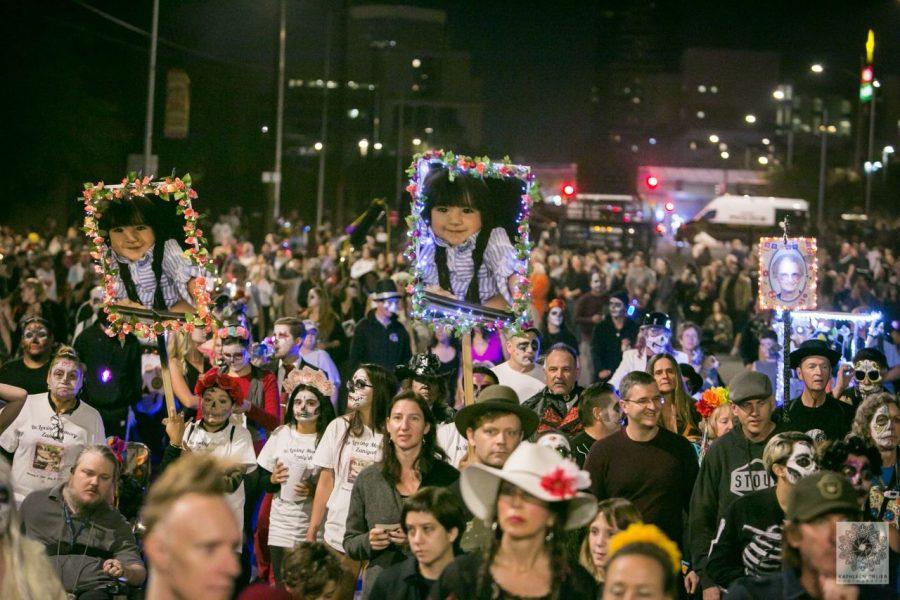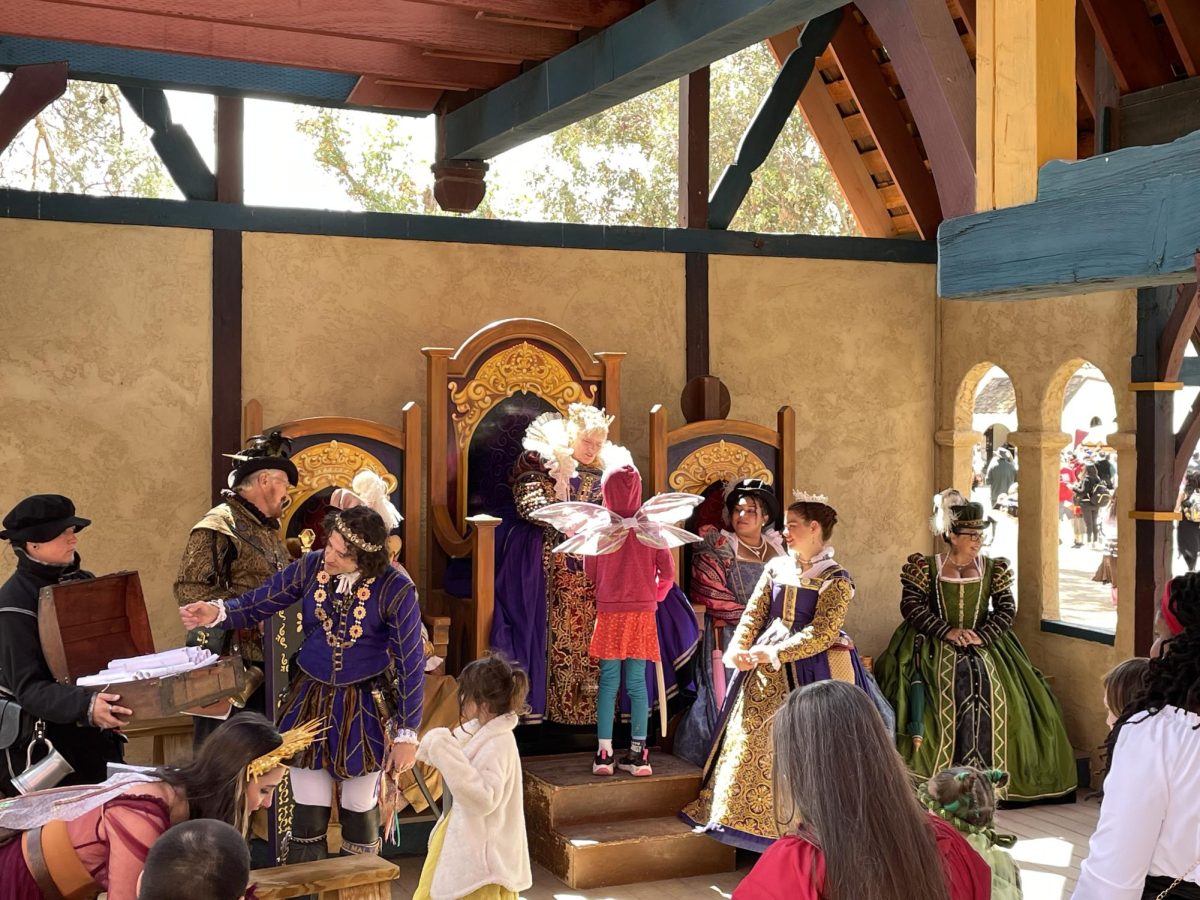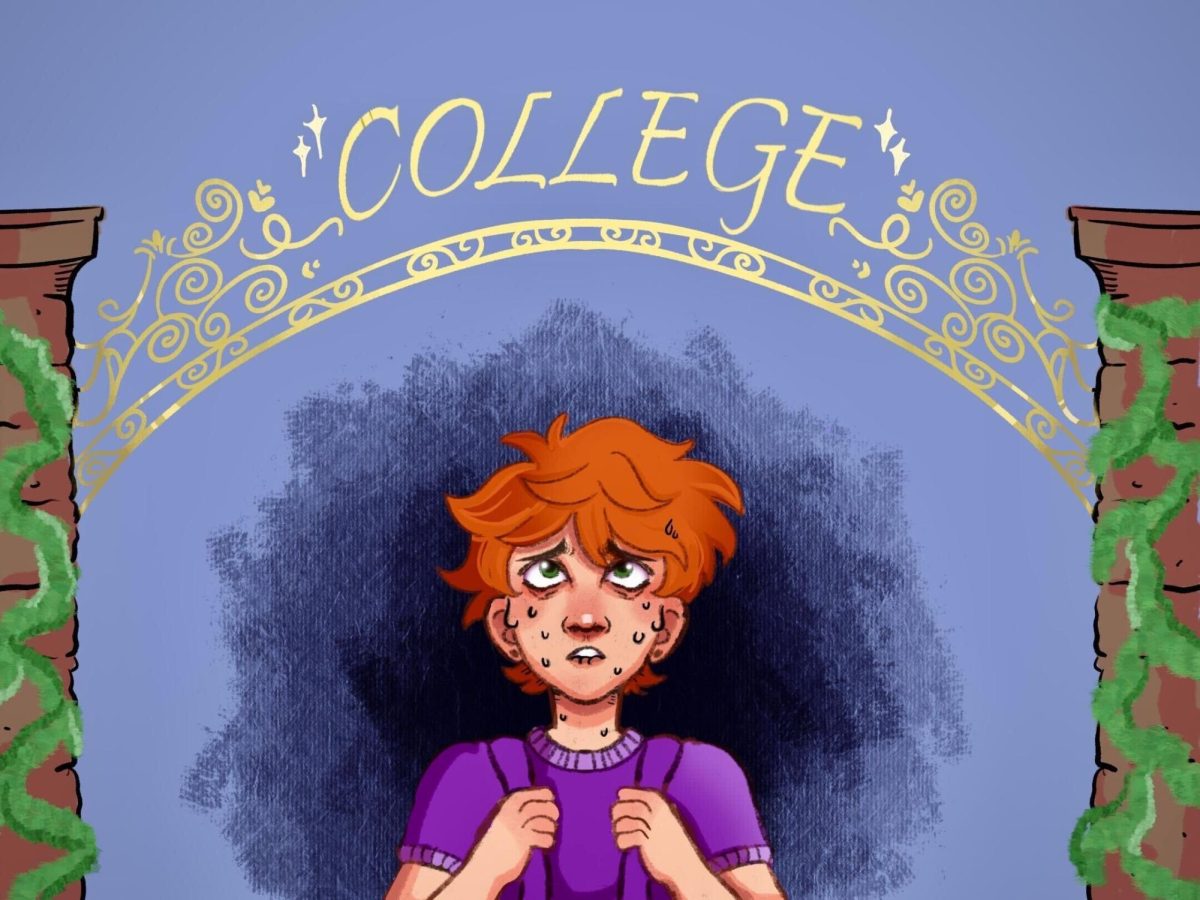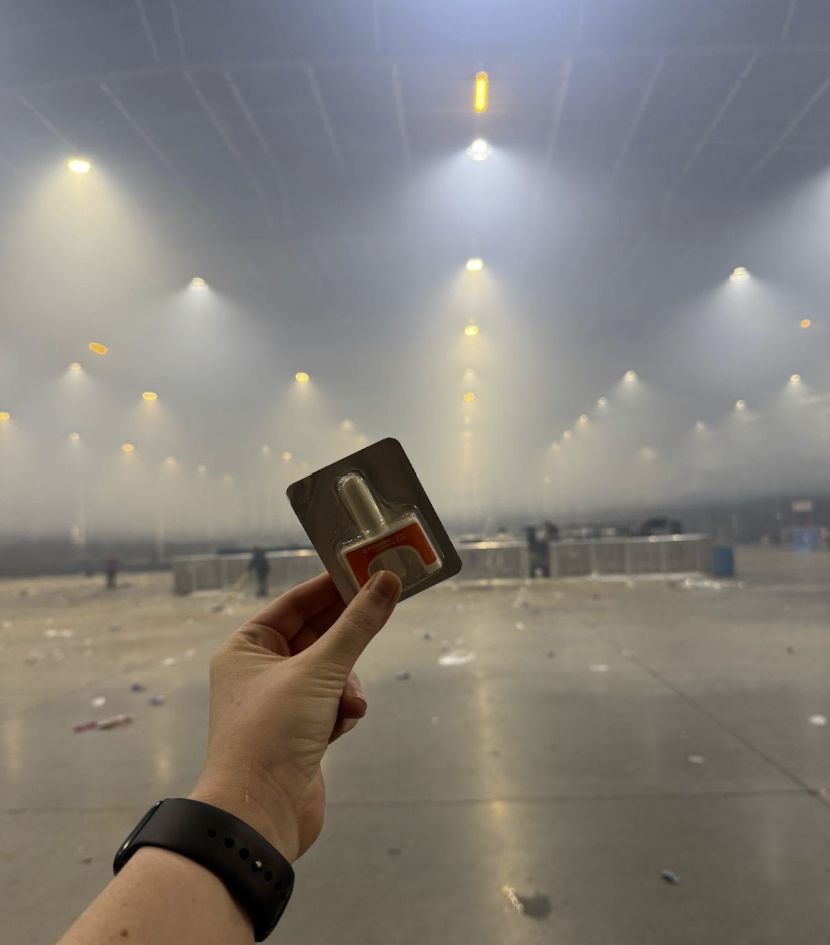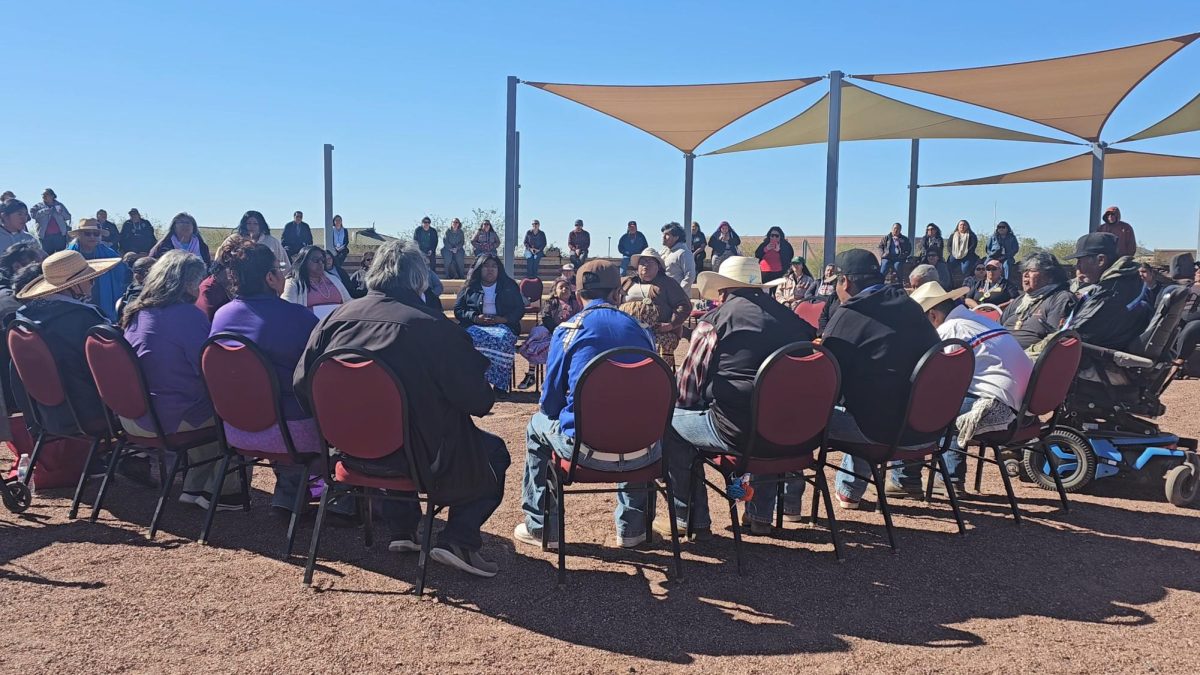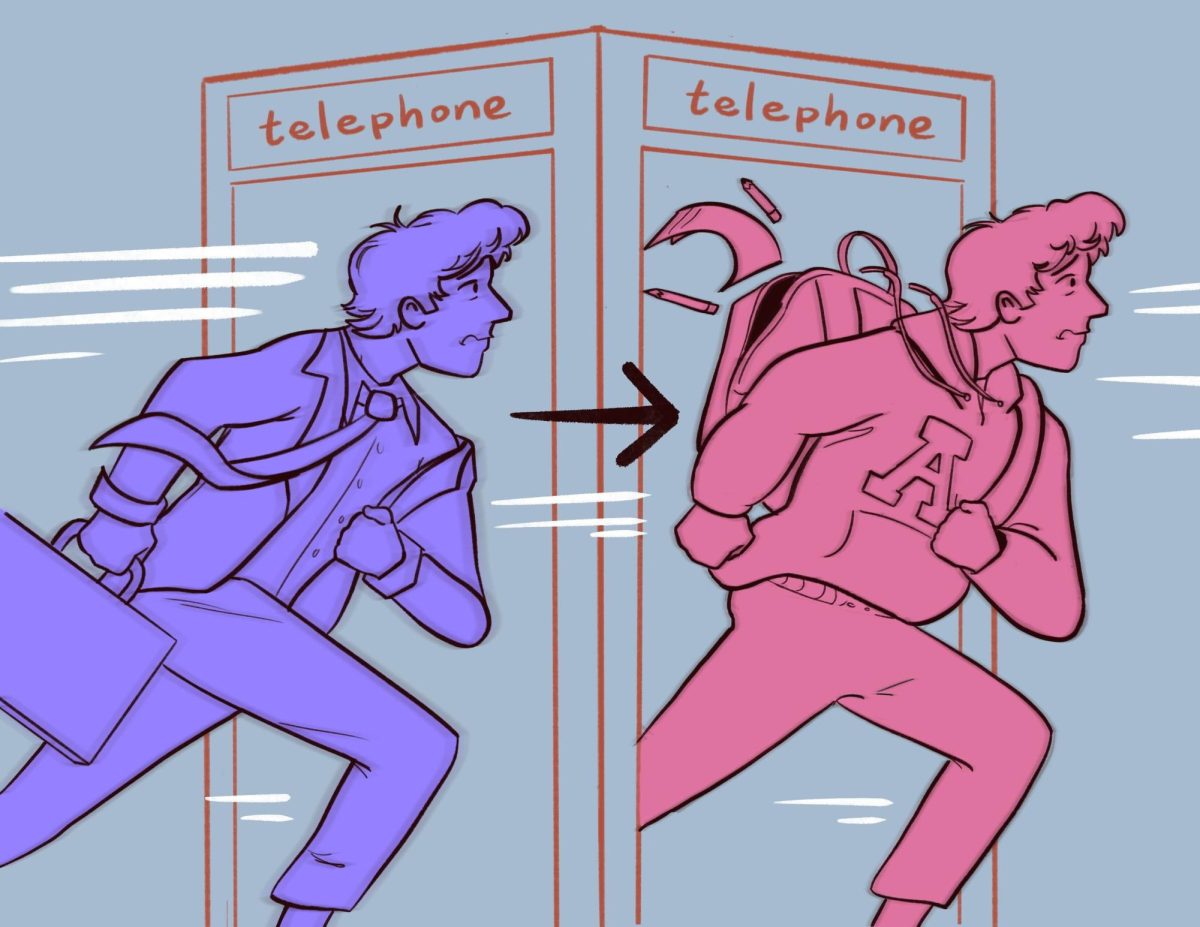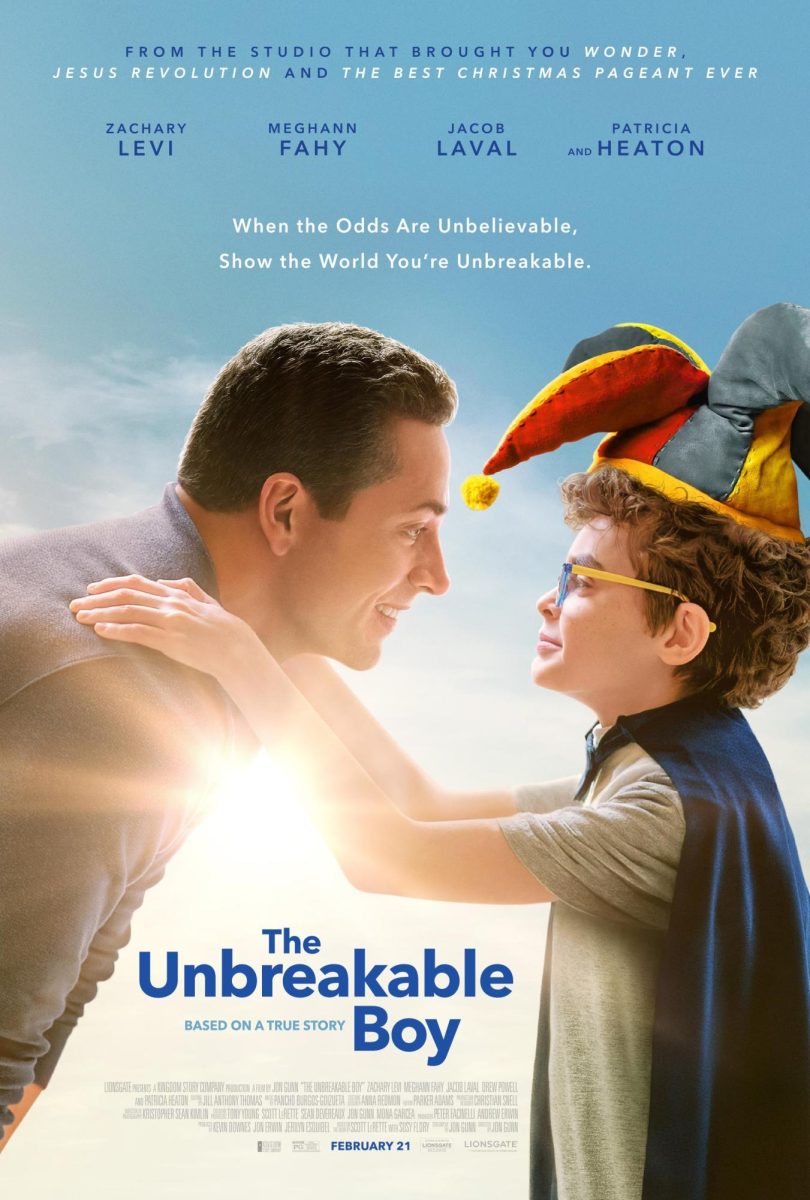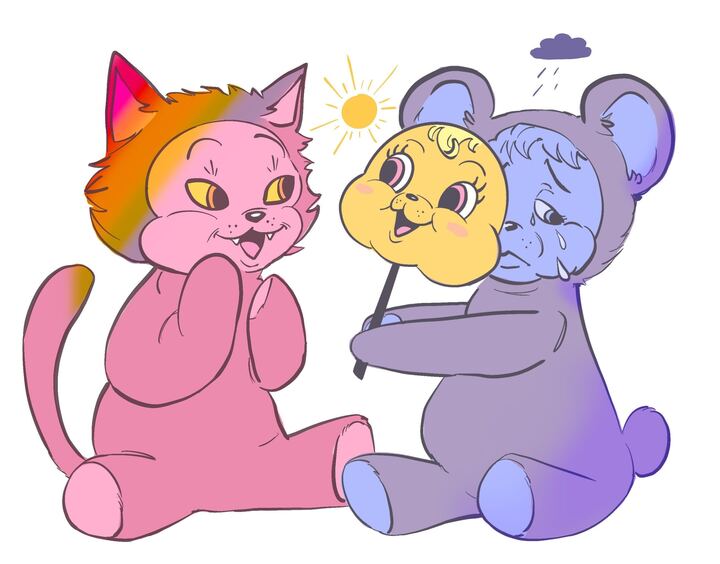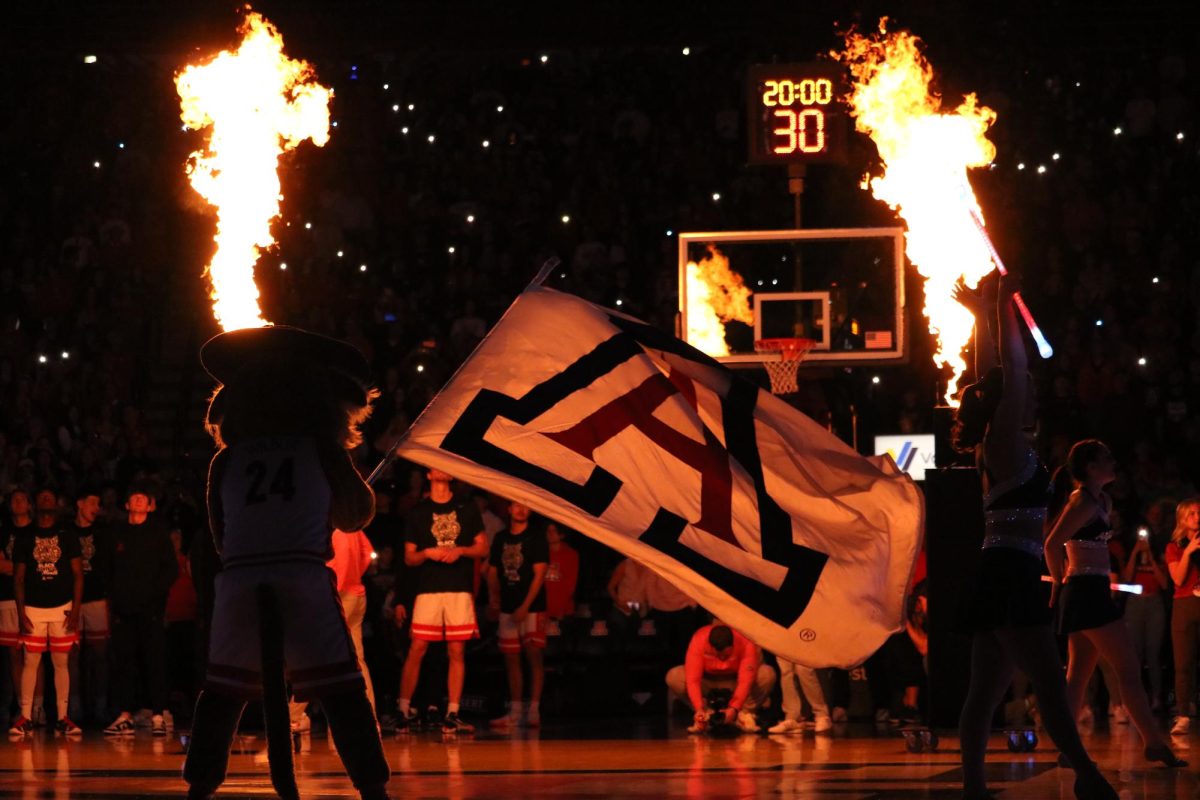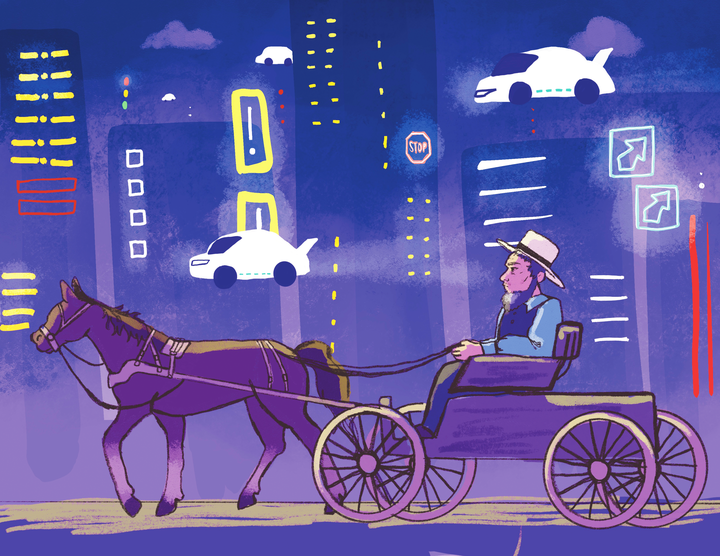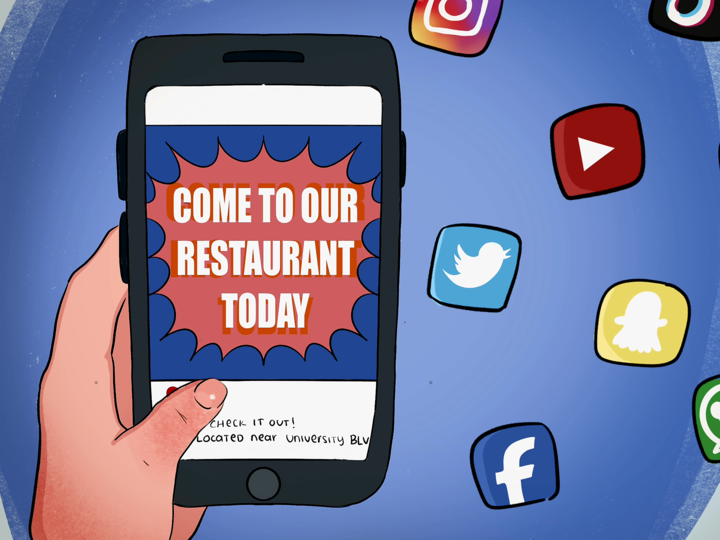I have a confession: I’m a Tucson native, a Hispanic and I’ve never been to the All Souls Procession.
That changes this year.
For the first time, I am going to walk on Sunday, Nov. 6, among the crowds of mourners to see what I have been missing.
It’s not that I don’t celebrate Día de los Muertos. It’s a family tradition. Every year, my family gathers at home and follows our practices back to Sonora, Mexico.
We set up an altar for my late grandmother, who passed away five years ago. We make sure to add a photograph of her and lay out all her perfumes that smell of flowers, mostly lavender, and her gold jewelry.
We never forget the angel statues with candles; she would never forgive us if we left them off the altar.
This is how I’ve always celebrated this traditional holiday — by bringing honor to my loved ones and keeping their memory alive.
That is the goal of the All Souls Procession. In Southern Arizona where we meet border towns like Tucson, Día de los Muertos is a significant celebration for many Hispanic families and others. This event can be life-changing and emotional for many people who attend.
“This is an event that you must experience yourself. The experience isn’t the same if you go to go; it’s better when you go with a heartfelt intention,” said Artistic Director Nadia Hagen.
I find the diversity unique in this celebration. It’s not your traditional “Día de Los Muertos” event. It’s an event commemorating all souls.
In the early 1990s, local artist Susan Johnson created the All Souls Procession. Grieving her father’s death, Johnson found comfort in her creativity, creating a celebration to commemorate and honor her father through a big ceremony.
“Tucson is a special location that brings unity within our various communities,” Hagen said. “We want to make sure everyone feels included to join us in the celebration of life.”
All-Souls starts with a parade full of colors, costumes, music, art and other entertainment. People, many of them with painted faces and masks, walk with their friends and families holding meaningful pieces that honor their deceased loved ones, including posters and pictures.
“I’ve attended [the] All Souls Procession once in high school, and it truly was beautiful to see the lights, music and the altars,” said UA student Melanie Fellers.
Today, more than 150,000 people take part in the event held at the Mercado shopping area on West Congress Street, just west of Downtown Tucson.
“I felt emotional seeing families holding posters and pictures of their deceased loved ones ranging from youth to elderly. It’s a beautiful way to keep their souls alive,” said Fellers.
I look forward to The Restoration of Care and Burning the Urn Ceremony. An urn is pulled through the streets of the procession and accompanied by the Attendant Spirit Group. For this installation, people are welcome to write messages and leave prayers or names, which are later burned and turned into ashes for the event’s finale.
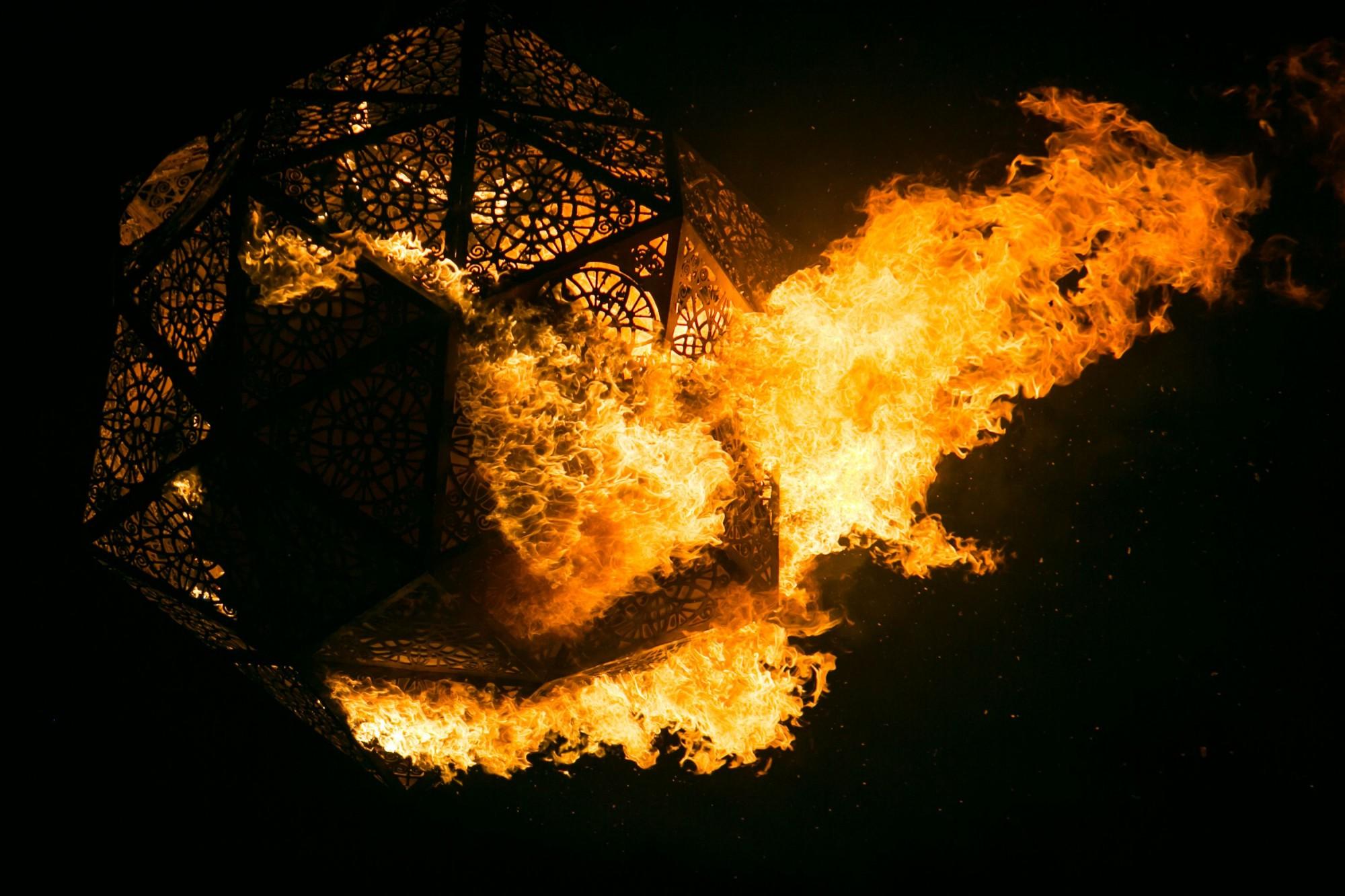
“This is the essential part of the night. I’ve seen people hold each other in tears, leaving their messages. I’ve seen others happy to have their messages passed on. It’s an emotional moment. It’s like experiencing another goodbye,” said Hagen
I look forward to attending this event. It’ll give me a new perspective on how people honor their friends and family, just like I do with mine.
Maybe once my message to my grandmother is burned, it’ll reach her on the other side.
The 33rd annual All Souls Procession leaves Grande Avenue on Tucson’s west side at 6 p.m. and arrives at the Mercado District, 100 S. Avenida del Convento, off West Congress Street near Interstate 10, beginning at 7 p.m. The ceremony including the burning of the urn begins when most of the crowd has arrived at the final staging site. There is no cost and there will be food trucks set up in the Mercado District parking lot and several of the plaza’s restaurants will remain open through the ceremony.
*El Inde Arizona is a news service of the University of Arizona School of Journalism.
Follow the Daily Wildcat on Twitter



